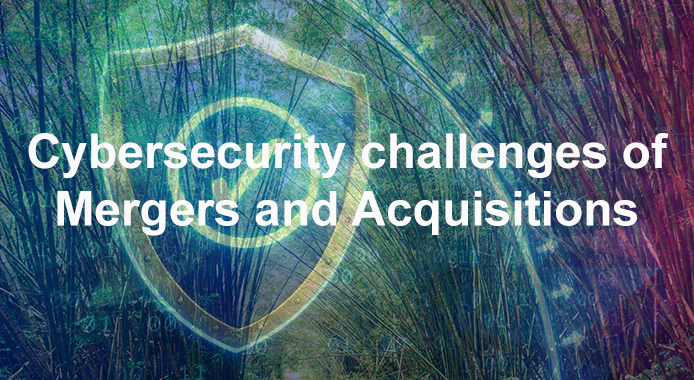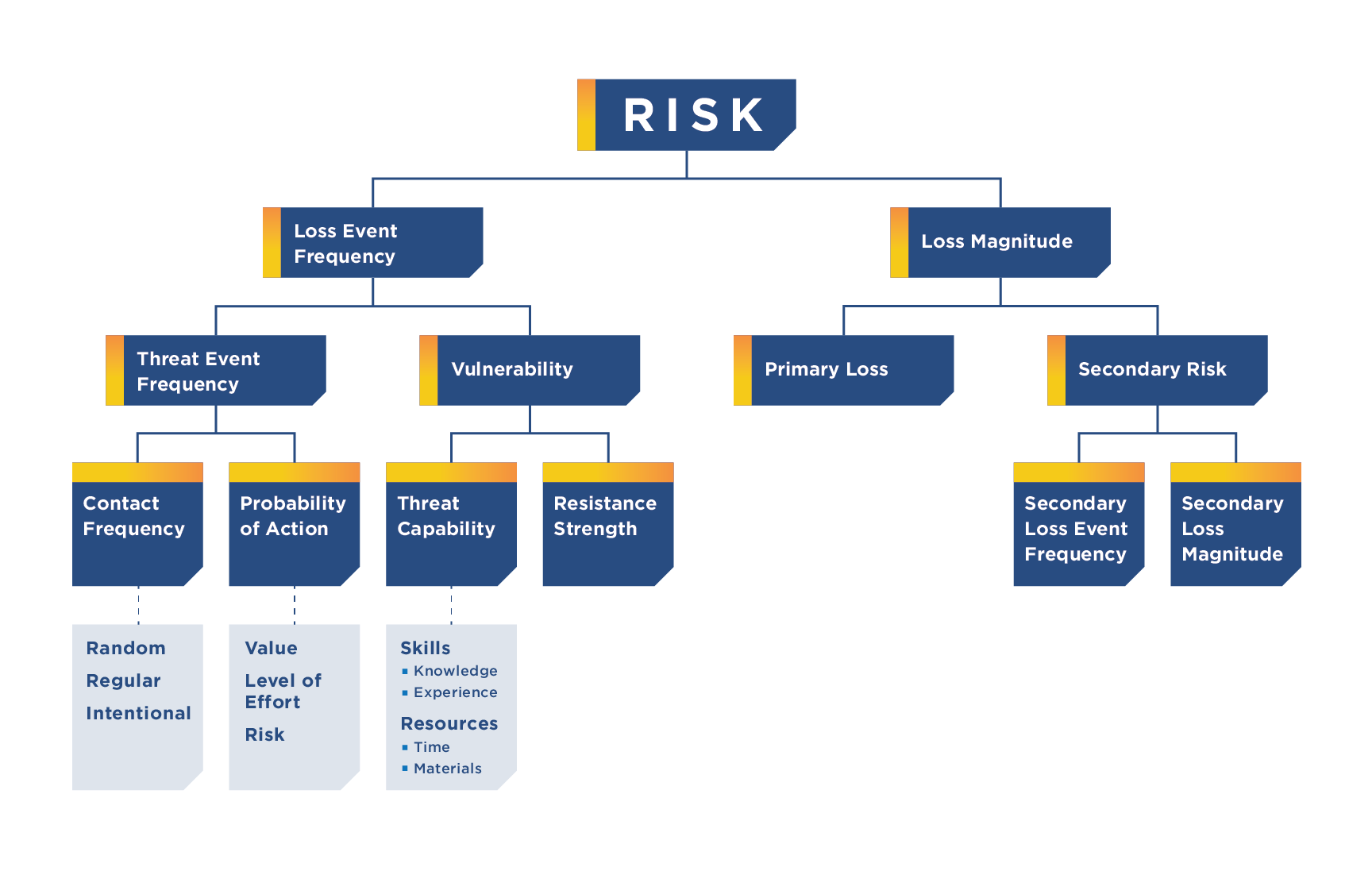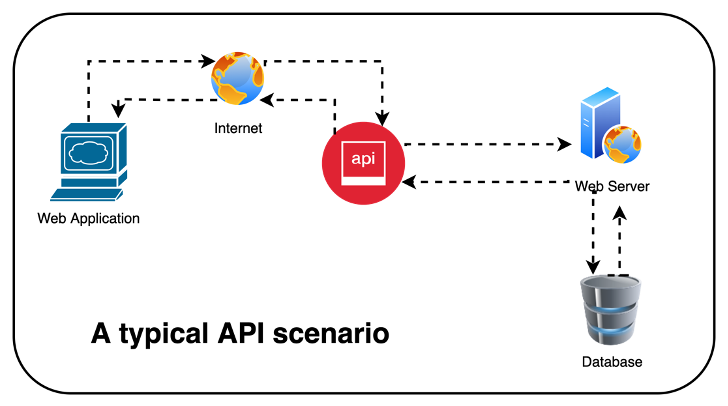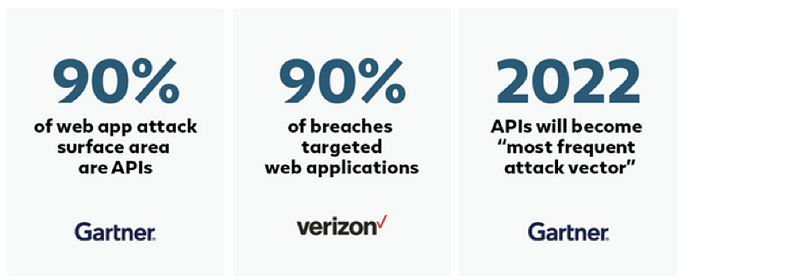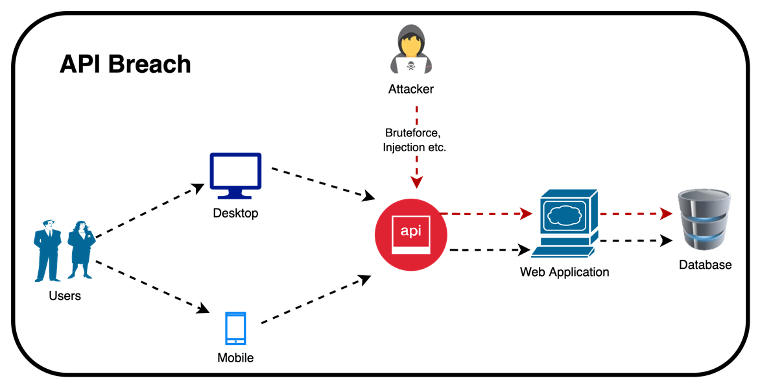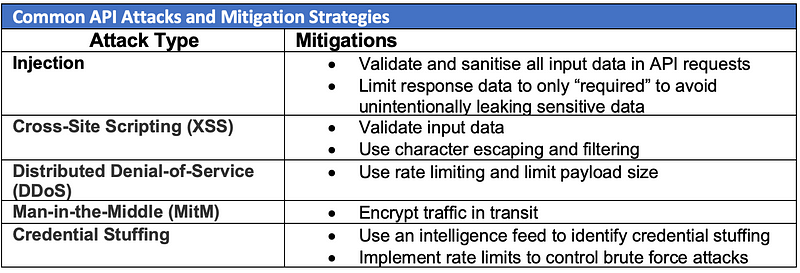In today’s interconnected world, where industrial systems and critical infrastructure underpin the backbone of society, operational technology (OT) security has never been more crucial. As industries evolve, particularly within critical sectors such as energy, healthcare, and manufacturing, they increasingly rely on OT systems to control physical processes. However, these systems are also vulnerable to cyber threats, placing essential services and national security at risk. Operational Technology (OT) security architecture provides the blueprint for safeguarding these systems, ensuring that critical infrastructure remains resilient and functional despite sophisticated attacks.
With the introduction of the SOCI Act (Security of Critical Infrastructure Act) in Australia and similar legislative measures globally, a growing demand for robust security frameworks that protect against cyber threats is growing. The Australian market, in particular, has seen a heightened focus on OT security as organisations seek to comply with government mandates and protect vital infrastructure. In this blog, we’ll explore OT security architecture, its importance, and the key elements that ensure its effectiveness.
What is OT Security Architecture?
At its core, OT security architecture refers to the structured design and implementation of security measures to protect OT systems. These systems often include industrial control systems (ICS), supervisory control and data acquisition (SCADA) systems, and other technologies for managing critical infrastructure such as power grids, water treatment plants, and transportation networks. Unlike traditional IT systems, which handle data and communications, OT systems directly impact physical processes. Any disruption to these systems can lead to catastrophic consequences, including power outages, water contamination, or worse—mass casualties.
The rise of digital transformation has introduced new challenges. As OT systems become more interconnected with IT systems via the Industrial Internet of Things (IIoT) and other advancements, the attack surface for cybercriminals expands. This integration has made it easier for hackers to infiltrate OT environments, putting vital assets at risk. As a result, a comprehensive security architecture is needed to address the legacy systems and the evolving technological landscape.
What constitutes an Effective OT Security Architecture
1. Segmentation and Network Zoning
One of the fundamental aspects of OT security architecture is network segmentation and zoning. This involves dividing the OT environment into distinct zones based on function and security needs, ensuring that sensitive or critical zones are isolated from less secure areas.
For example, OT systems often include safety-critical processes, such as controlling power generation, and less critical systems, such as office networks. These should be segregated to prevent an attack on a lower-priority system from impacting core operations. A common approach is implementing a demilitarised zone (DMZ) that acts as a buffer between the OT and IT environments. Firewalls, intrusion detection systems (IDS), and other security measures should be deployed to monitor traffic and control access between zones.
According to a 2023 report by the Australian Cyber Security Centre (ACSC), 74% of attacks on OT systems could have been mitigated or prevented through proper network segmentation. This underscores the importance of maintaining strict controls over how different systems communicate with each other.
2. Real-time Monitoring and Incident Response
Real-time monitoring is essential in identifying threats before they have the chance to disrupt OT operations. Given the critical nature of OT environments, even minor disruptions can lead to significant downtime or damage. By implementing tools such as Security Information and Event Management (SIEM) systems and other monitoring solutions, organisations can detect anomalies and respond to threats in real-time.
In the Australian market, companies increasingly invest in Security Operations Centres (SOCs) that provide round-the-clock surveillance and incident response for OT environments. SOCs are vital in ensuring that security teams can swiftly respond to cyber incidents. Per the SOCI Act’s guidelines, organisations involved in critical infrastructure must maintain incident response capabilities and report any breaches to the government within a designated timeframe.
Moreover, incident response plans tailored to OT systems should be in place. These plans should account for the unique characteristics of OT environments, including the need to minimise disruption to physical processes during an attack. A coordinated response effort involving both IT and OT teams is essential for mitigating the impact of security incidents on critical infrastructure.
3. Adapting to the Legislative Landscape
In recent years, governments worldwide have introduced regulations to protect critical infrastructure. In Australia, the SOCI Act mandates that organisations managing critical assets implement robust security measures and report any significant security incidents. The Act covers a broad range of sectors, including energy, healthcare, water, and telecommunications, all of which rely on OT systems for their core operations.
Compliance with the SOCI Act involves not only the implementation of technical safeguards but also ongoing risk management practices. Organisations must conduct regular security assessments, patch vulnerabilities, and ensure that security measures are current. Failure to comply with these mandates can result in significant penalties and reputational damage.
The global focus on securing critical infrastructure has led to a sharp increase in investment in OT security. The 2023 Global Critical Infrastructure Security Market Report indicates that the OT security market is projected to grow by 7.5% annually, driven largely by government regulations and the increasing complexity of cyber threats. In Australia, this trend is particularly pronounced, with organisations investing heavily in technology and personnel to meet the requirements of the SOCI Act.
Case Study: Securing the Australian Energy Sector
To illustrate the importance of OT security architecture, let’s consider the case of the Australian energy sector. Energy companies rely heavily on OT systems to manage the generation, distribution, and transmission of power across the country. In recent years, several energy companies have faced sophisticated cyberattacks aimed at disrupting these processes. For instance, a 2021 report from ACSC revealed that a ransomware attack on an energy provider could have caused widespread blackouts if it hadn’t been for robust OT security measures.
The company in question had implemented a segmented network that isolated critical systems from less important ones. Additionally, real-time monitoring tools detected the threat early on, allowing security teams to neutralise the attack before any physical processes were impacted. This case underscores the value of investing in comprehensive OT security architecture.
Conclusion
The security architecture of OT forms the basis for ensuring the safety of our critical infrastructure. In today’s environment of increasingly sophisticated cyber threats, it is imperative for industries to implement comprehensive OT security measures to protect their operations and uphold national security. Crucial components such as network segmentation, real-time monitoring, and adherence to legislative frameworks like the SOCI Act are essential for safeguarding OT environments.
Given that Australia and the world at large rely heavily on OT systems to drive industries and deliver vital services, the significance of securing these systems cannot be overstated. For organisations operating in the Australian market, particularly those involved in critical infrastructure, the message is clear: invest in OT security architecture to prevent potential catastrophic disruptions in the future. If you want to learn more about how to protect your organisation’s OT environment and ensure compliance with the SOCI Act, contact our team of experts or subscribe to our newsletter for the latest updates on OT security trends.


